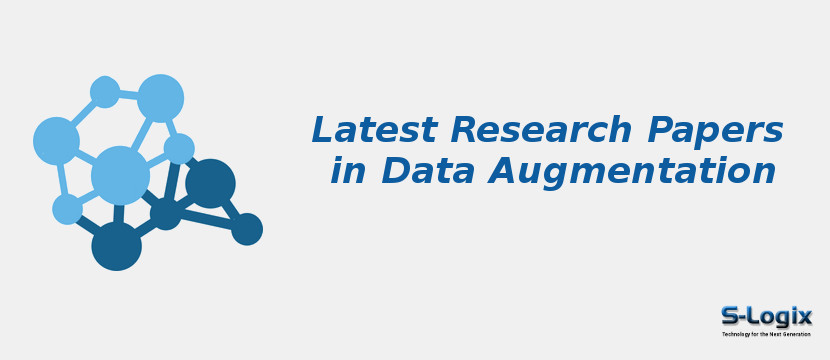Data augmentation is a widely researched area in machine learning and deep learning that focuses on improving model generalization and robustness by artificially expanding training datasets through transformations and synthetic data generation. Traditional augmentation techniques include geometric transformations (rotation, scaling, flipping, cropping), color and noise perturbations, and mixup or cutout strategies for images, while NLP tasks employ synonym replacement, back-translation, and paraphrasing. In recent research, advanced augmentation leverages generative adversarial networks (GANs), variational autoencoders (VAEs), diffusion models, and reinforcement learning to generate realistic synthetic data across domains like vision, speech, and text. Applications span computer vision (image classification, object detection, segmentation), natural language processing (text classification, sentiment analysis), speech recognition, medical imaging, and cybersecurity, where data scarcity or imbalance is a major challenge. Studies also explore task-specific augmentation strategies, domain adaptation, automated augmentation (AutoAugment, RandAugment), and adversarial data augmentation to enhance model resilience against attacks. Current research emphasizes balancing diversity and fidelity in augmented data, ensuring fairness, and reducing overfitting, positioning data augmentation as a critical enabler for building high-performance and generalizable AI models.
